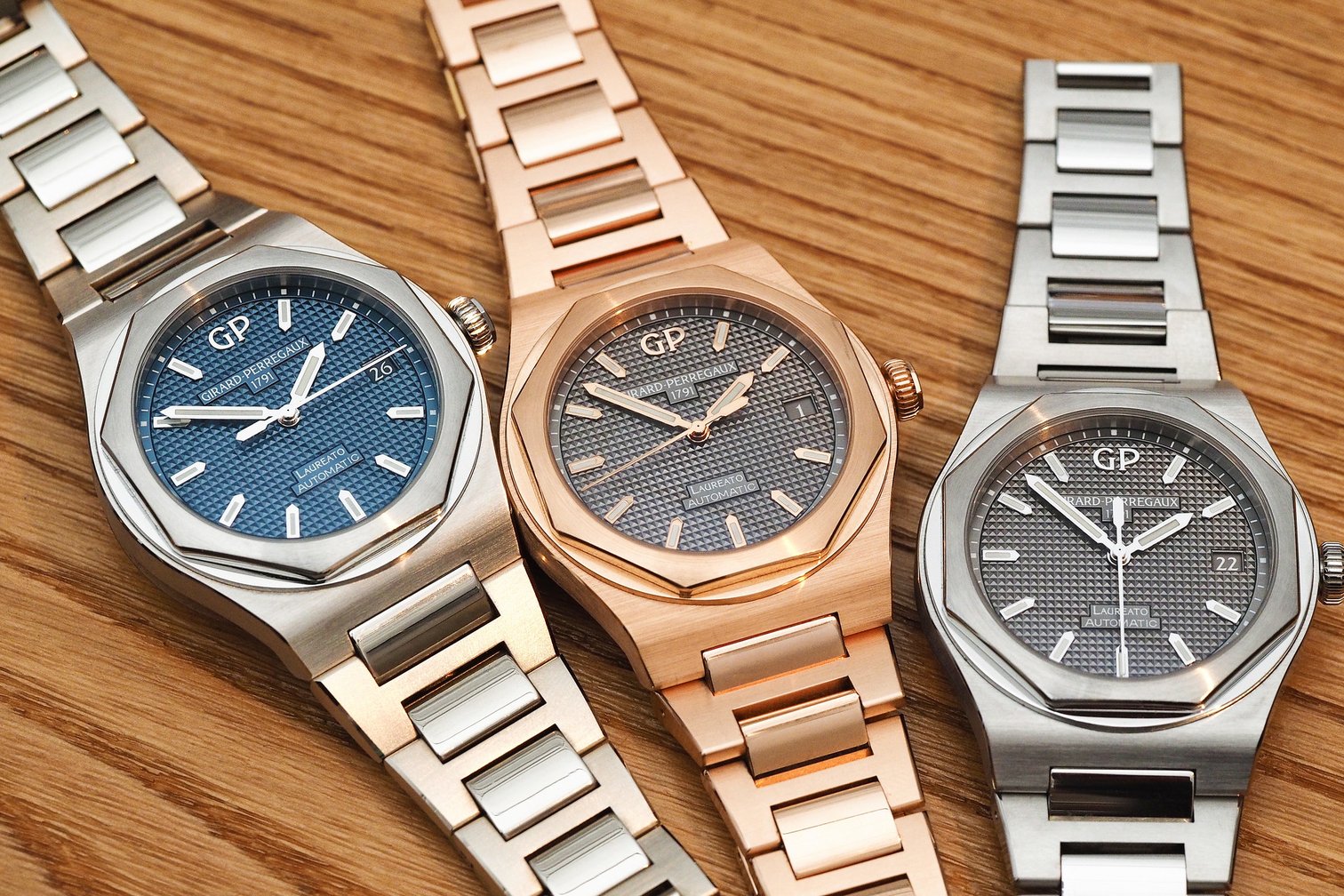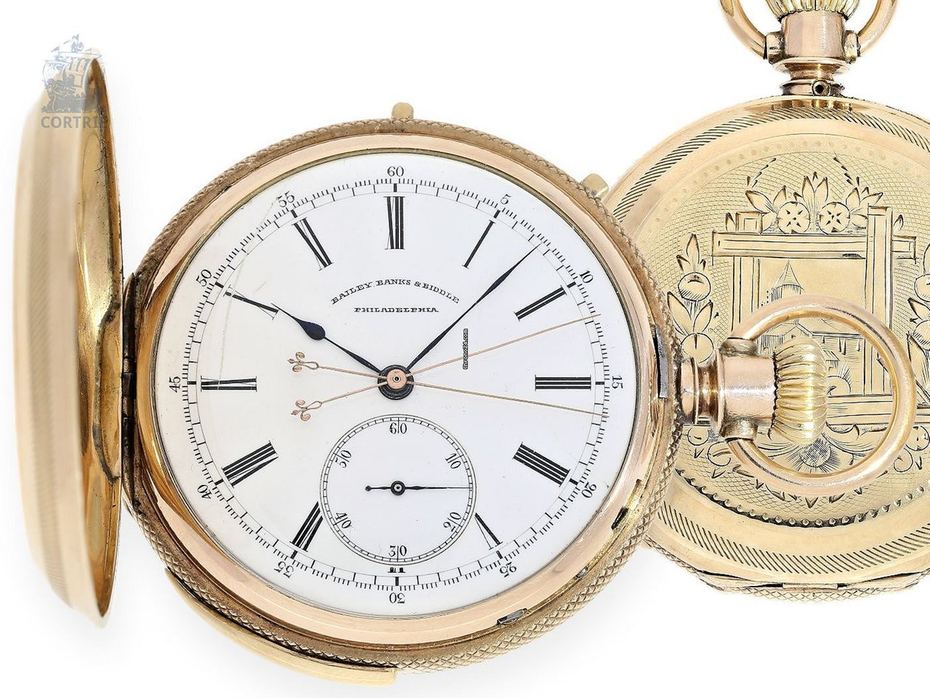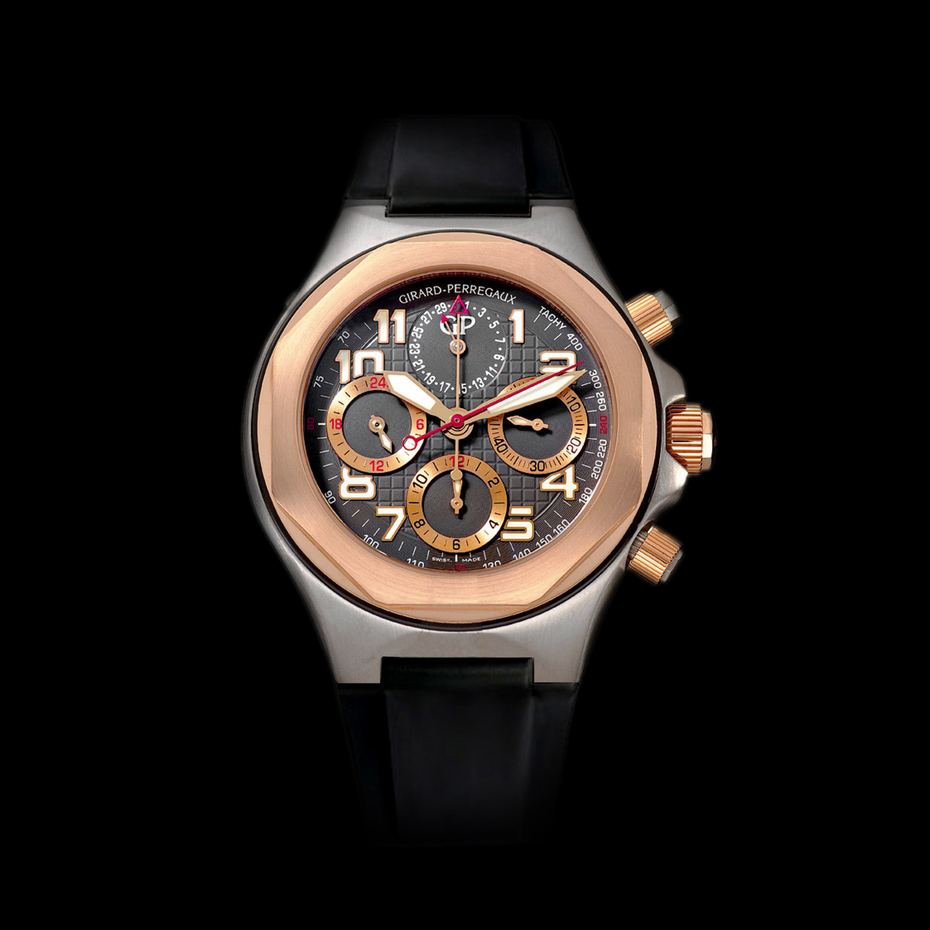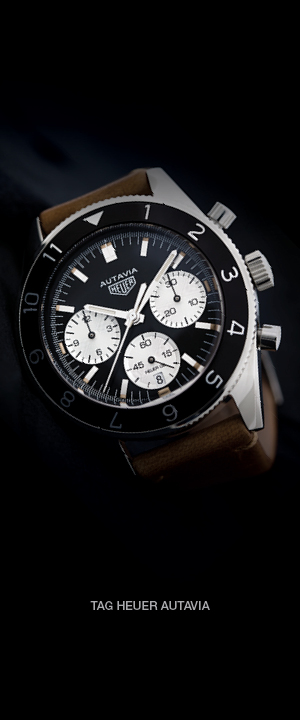Is the sports-luxe Laureato collection on the brink of rejoining watchmaking’s elite?
There used to be a phrase in watch circles, les grandes maisons, to describe the handful of elite fine-watchmaking manufactures that both set the standards and, more than anyone else, maintained the patrimony. The exclusive list included Audemars Piguet, Breguet, Girard-Perregaux, Jaeger-LeCoultre, Patek Philippe and Vacheron Constantin. Of these, the name that you’ll almost certainly be least familiar with is Girard-Perregaux. It’s hard to pinpoint exactly what happened to cause Girard-Perregaux to slip so far behind its peers (and, indeed, many less august names), but while the others were investing, Girard-Perregaux was, in hindsight, standing still at best.
Even the brand’s acquisition by Kering did little to change matters, though having the likes of Boucheron as a ready outlet for its movements should have helped. At long last that’s a picture that seems to be definitively changing as the company celebrated its 225th anniversary in 2016, but there’s still a long way to go before Girard-Perregaux has caught up with its peers – at an estimated 15,000 watches a year, the brand is a long way behind the other grandes maisons. News of what the brand is doing to turn around its future in a moment, but first, why you should care at all.
Girard-Perregaux wasn’t part of the grandes maisons for nothing, the company having a long and illustrious history. Trained as a watchmaker and goldsmith, Jean-François Bautte signed his first watches in 1791 and quickly prospered, setting up a workshop in Geneva shortly afterwards. Specialising in ultra-thin pocket watches and fancy “watches of shape” that took the form of musical instruments, flowers and even a pistol that fired perfume, Bautte was also one of the first to centralise manufacturing, bringing everything from basic component making to final assembly under one roof.

His business, by then one of the most advanced in Switzerland, passed, on his death in 1837, to his son Jacques Bautte and his son-in-law Jean-Samuel Rossel, and it was this that was acquired 20 years later by Constant Girard and his wife, Marie Perregaux. Over the following years, Girard-Perregaux established itself as one of the finest names in the Swiss watch industry and, in 1889, Constant Girard presented the Tourbillon with Three Gold Bridges which won numerous prizes for the company, including a gold medal at the Paris Universal Exposition.

The business was then developed by successive generations until it was sold in 1928. The subsequent decades saw Girard-Perregaux expand into markets around the globe and introduce several key innovations and models ranging from the water-resistant Sea Hawk in 1940, the 1957 Gyromatic self-winding watch and its 1966 5Hz high-frequency variant. Girard-Perregaux was part of the Swiss industry’s Beta-21 group that pioneered the use of quartz technology and it was the company’s R&D department that established what became the standard frequency for quartz oscillators (32.7 kHz).
The Eighties saw Girard-Perregaux revive the Three Gold Bridges Tourbillon, initially in pocket watch form and then as a wristwatch in time for the 200th anniversary in 1991 – a watch that is still one of the most beautiful tourbillon movements ever made. In 1992 Luigi “Gino” Macaluso, variously an entrepreneur, architect and former racing driver who was also the brand’s Italian distributor, acquired Girard-Perregaux.
Under Macaluso, Girard-Perregaux introduced a series of in-house movements, starting with the GP3000 in 1994, formed a fruitful relationship with Ferrari and helped cement GP’s place among the grandes maisons. Macaluso sold a minority stake of the company to Kering in 2008, meant to be the start of a strategic partnership. However, following Macaluso’s premature death in 2010, Kering acquired a majority stake in 2011. The family is still involved, as son Stefano is in charge of product development.

Most recently there has been the Constant Escapement, a silicon-based timekeeper that’s revolutionary in its approach to the way balance springs and escapements work. With history like that, and strong designs in the back catalogue (the 1966 is one of the best simple watch designs out there), it’s a wonder that Girard-Perregaux isn’t up there with Audemars Piguet or Jaeger-LeCoultre.
Quite why is hard to fathom without being on the inside, but part of the answer must lie in matters of marketing and distribution, which simply failed to match rival brands over the past 15 years, inevitably leading to the brand losing visibility and recognition. There’s a sense too that, post Macaluso, there was a lack of direction, a lack of force at the top. The watches produced were not the problem, but the subtle lack of conviction in their presentation was. But the essence of the problem can be identified through the actions of Antonio Calce, appointed as CEO in 2014 to reset the company.
There were no illusions concerning the state of the company: “[it] was in trouble, my first job was to put the products once again at the centre”, he said in an interview earlier this year. That didn’t mean entirely new designs, simply a matter of organising the collections more coherently. That, with better, more directional marketing and communications, and a cleaned-up distribution, made the brand’s strategy easier to understand and believe in. “Opinion leaders and retailers said to me, now we understand Girard-Perregaux again,” he says.

He expanded on this theme for QP: “In the past two years we focused on highlighting the brand’s rich heritage through our product collections, but also at all levels. We revived the product collections on five pillars: the 1966, the Three Bridges family, the Cat’s Eye, the Heritage collection with pieces such as the Laureato and the Constant Escapement, and new classical sports chronographs like the Competizione, which are inspired by our iconic timepieces developed in the Eighties. We developed a more in-depth 1966 collection by including new functions and different price levels such as a stainless-steel model.”
What Calce was doing, in effect, was showing that Girard-Perregaux’s resources and history only needed better leadership and direction to shine. And there’s no doubt that he’s made a difference. To start with, the five pillars that he’s organised the collection into make sense and allow future development to be clearly mapped out.
“Heritage”, by the way, seems to be the catch-all that allows the brand to do reissues of watches such as the Laureato and Gyromatic, which the brand has done to critical acclaim in the past year. And on the commercial side, Calce is clear on what’s needed. “We strive to work together with our partners to optimally manage stock levels while providing new tools in terms of marketing and sales. This year we have invested in a new advertising campaign with a very trendy wristshot style, but always in line with the codes of luxury and high watchmaking. We will pursue with long-term vision, meaning the right distribution with a coherent price strategy. Furthermore, the brand has been reinforced by highly skilled and dedicated people in our major markets to continue sustainable growth of the brand.”

Take, for example, the pink-gold, blue-dial version of Girard-Perregaux’s 1966 that caused immediate ripples of reaction on its launch earlier this year. The 1966 is one of the better executions of watchmaking’s most basic (and therefore most difficult) ideas, the plain, slim, automatic three-hander. Stripped of complications and extraneous detail, these are the watches that are most difficult to get right – any imbalance between hands, numbers or hour markers is instantly visible, any lack of finesse in the case is instantly spotted. Commonly, these watches appear with pale dials in silver, cream or white, but the blue and pink gold combination that Girard-Perregaux has used gives the watch a much stronger impression (helped by a light sunburst effect on the dial).
Then there’s the recently launched Full Calendar version of the 1966, the 1957 Gyromatic, above (a beautiful piece of Fifties technical watch design) and the highly desirable Laureato. And to mark the anniversary as well as show something of the brand’s future, there’s the Place Girardet collection, 225 watches that feature a simple, but very Girard-Perregaux haute horlogerie movement. Common to all the watches in the collection is a single rose-gold bridge at six o’clock on the dial side which holds the adjustable Microvar balance – the watch debuts the new GP01800-0005 movement.
However, the dial is different for each of the 225 watches, each one having a cartouche showing the year (between 1791 and 2016) and a legend referring to an event in the year of either general importance (eg Beethoven’s 5th Symphony in 1808), or specific to Girard-Perregaux (the first wristwatch from 1880).
Calce knows that he still needs to reach younger markets, but knows too that he has his hands on a special piece of watch history. “The manufacture has approximately 80 patents in watchmaking and has always been innovative; that’s an incredible treasure that we will keep enriching.” And what does he wear? “The perfect balance of Girard-Perregaux codes, the Laureato.”
This article was first published on Salon QP
Almost half the main brands at this year’s SIHH had new CEOs. What does that say about the industry, and where it’s headed?



Discussion